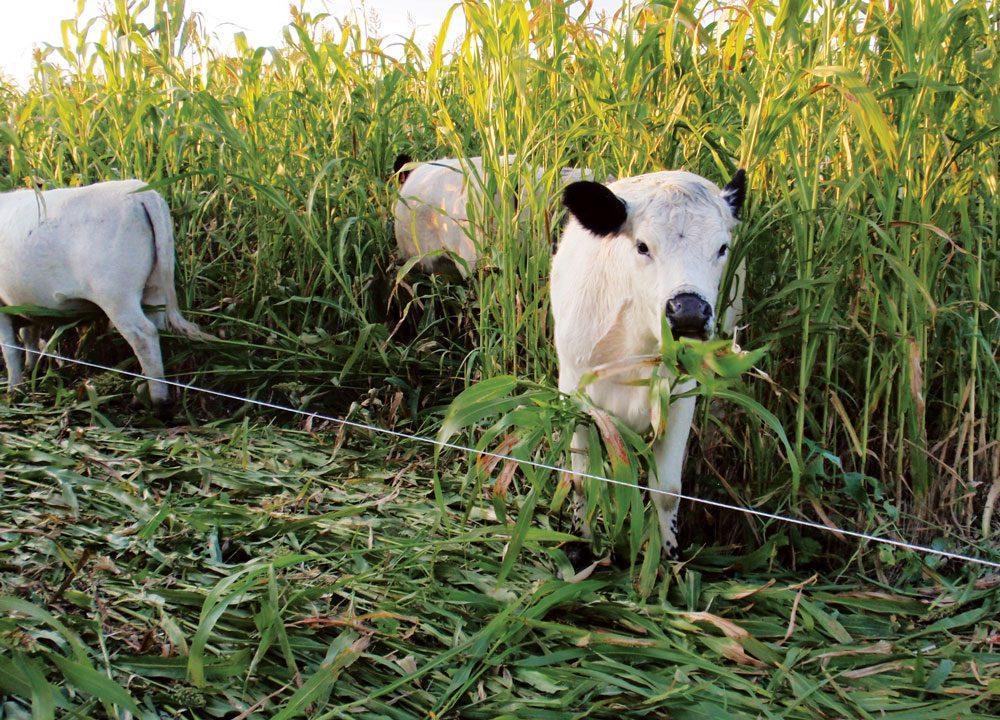By: Jeff DeYoung
Grazing cover crops is becoming more widely practiced by cattle producers and more is learned each year.
By grazing cover crops, farmers are adding to the established benefit of improved soil quality and other factors, says Denise Schwab, Iowa State University Extension beef specialist based in eastern Iowa.
Timing is critical, she says, when it comes to having a crop to graze.
“You want to get it seeded early enough, like in August, so there are enough days of growth,” Schwab says. “It works really well behind chopped corn.”
Adequate moisture is also necessary, she says, adding areas suffering from drought may not see the grazing benefit this fall.
Prior to grazing in the fall, Schwab says to use the “pluck test” to check on root vigor.
“Take two fingers and if you can pull the plant out, it’s not ready for grazing,” she says.
Stand height should be 6 to 8 inches for grasses.
Cereal rye is the cover crop of choice for many, Schwab says, although some producers use triticale or oats. Brassicas such as turnips may also be used.
“With brassicas, the cows will graze the top growth and the root will continue to grow,” she says. “They will start rooting around in the dirt, and once they discover they like the taste of the tuber, their nose will be black from pulling those out.”
Other species can be used in a cover crop system. Scott Koether farms near McGregor in northeast Iowa and uses red clover in his system.
“We seed 140 acres of wheat and take that to the combine,” he says. “In February and March, we will interseed red clover into the wheat.”
Cows will graze the red clover into the fall, unless Koether hays the field.
“In a perfect world, we could get two grazing opportunities with the clover during the growing season,” he says, adding he uses several crops in his system.
Koether says producers using red clover as a cover crop should be cognizant of bloat potential.
“We have enough grass mixed in there that it hasn’t been a problem,” he says. “But you need to be aware of it.”
Koether adds that his cows are able to put on weight while grazing the red clover.
Schwab says producers also need to be flexible when it comes to grazing cover crops. She says research at Iowa State indicates flexibility can come from planting cash crops in late spring to allow for spring grazing or planting shorter-season hybrids or varieties to better accommodate fall grazing.
Many parts of the Midwest are dry, which may tempt producers into overgrazing pastures.
“Whatever you do, you don’t want to graze anything too short,” Schwab says. “Strip grazing is going to work very well in those conditions,” she says. “If you really need forage, maybe wait until a couple of days after a killing freeze to turn those cows out.”





Post a comment
Report Abusive Comment